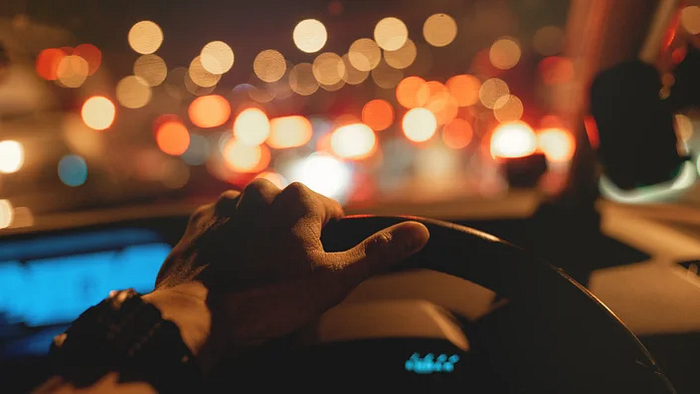We suffer from car blindness in Los Angeles

One hundred years ago in Los Angeles, children playing in the streets was a normal activity, and if a child was hit by a car, the blame would be on the driver of the car. Today, if that same child was hit, society would point the finger of blame at the parents for allowing their children to play in the street.
We are car blind in Los Angeles; as a City, we seem to have accepted cars as essential for society to function, and we overlook their downsides and harms they cause on our society.
Cars are the single biggest source of greenhouse gas emissions in California, and car crashes are a leading cause of death for children in Los Angeles. Our streets are so dangerous that a pedestrian is killed about once every three days — a rate that is four times the national average.
Recently, Streets For All — the organization I founded and lead today — introduced a radical idea. What if we could rethink how we use the space that the Marina Freeway takes up? The freeway — the County’s shortest, and least trafficked — divides the area of Del Rey between the “haves” (south of the freeway) and the “have nots” (north of the freeway), and creates noise and air pollution, as well as runoff into nearby Ballona and Centinela Creek. We call the proposal Marina Central Park, and it would create nearly 4,000 units of affordable housing, a large park, along with walking paths, bike trails, and a bus rapid transit line. While most were in support of conducting a feasibility study, a loud minority decried even studying the idea.
According to EPA’s National Air Toxics Assessment, the risk of developing asthma or Chronic Obstructive Pulmonary Disease (COPD) from toxins associated with traffic is 3.4 times higher in tracts less than a mile from a freeway, and the overall cancer risk is 2.9 times higher. According to a recent UCLA study, In Los Angeles, 14.3% of children have asthma, compared to a national average of around 9.7%. Our addiction to cars is poisoning our children.
Given the road safety, environmental, and health issues around cars, why would some rally against even considering that perhaps the space that a freeway takes up could be better used in another way?
According to a recent study out of the UK, we have an unconscious bias due to cultural assumptions about the role of private cars, a phenomenon they call “motornormativity.” For example, imagine if someone was smoking next to where kids were playing in a playground. Many people would ask them to move or stop. However, if someone was sitting in their car with the engine on idling next to the same playground, you likely wouldn’t say anything, despite both of these activities spewing noxious fumes into the air next to children.
We’ve become numb to the tragedy of people dying in our streets from cars — including passing a two decade high of deaths last year.
As we imagine a brighter future for Los Angeles, we have to also recognize our car blindness, and rethink our biases towards normalizing the space that cars take up, the fumes they spew into our air, and the harms caused by car infrastructure — including freeways. We owe it to our children to rethink our built environment and, when possible, fix or reduce harms caused by past decisions.